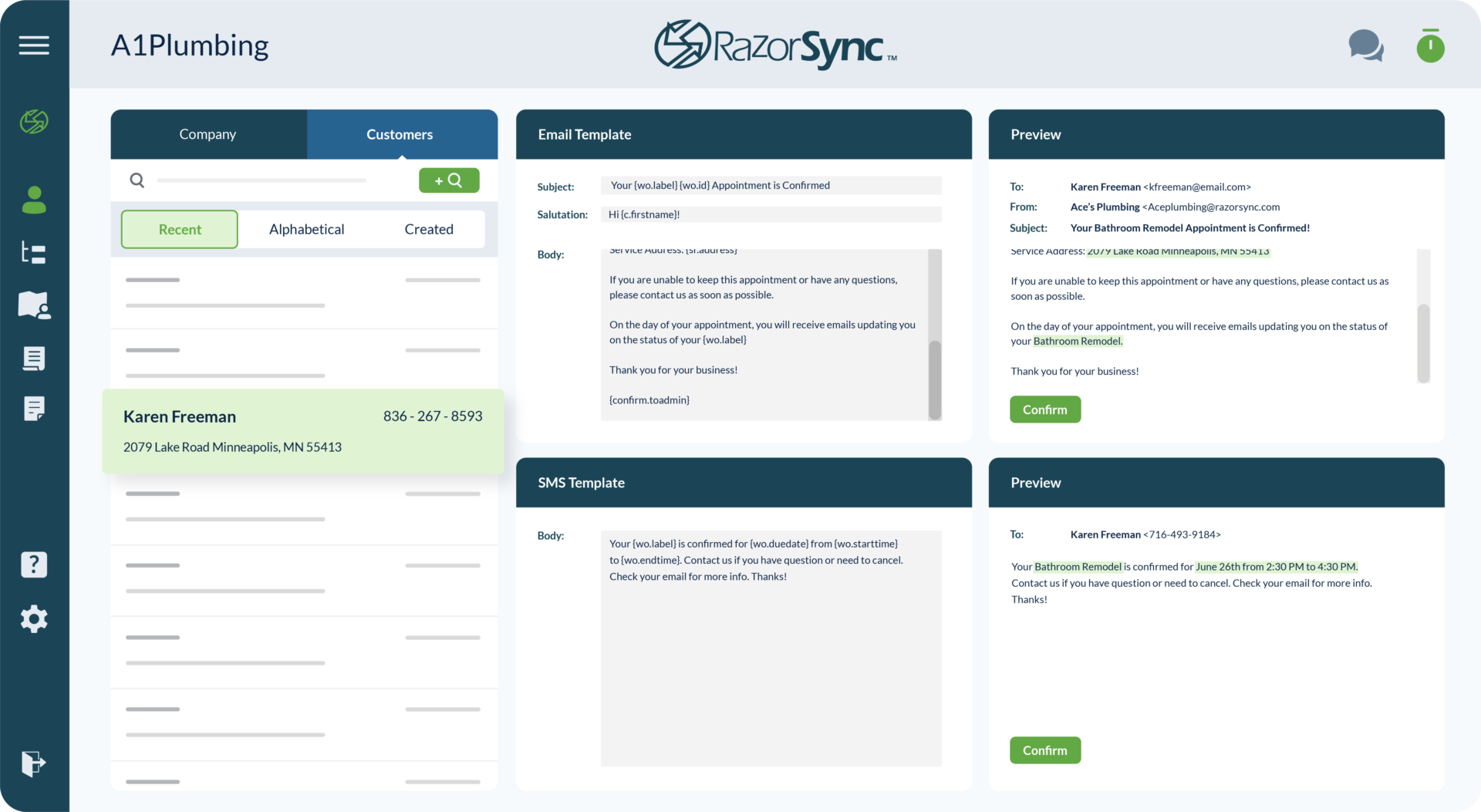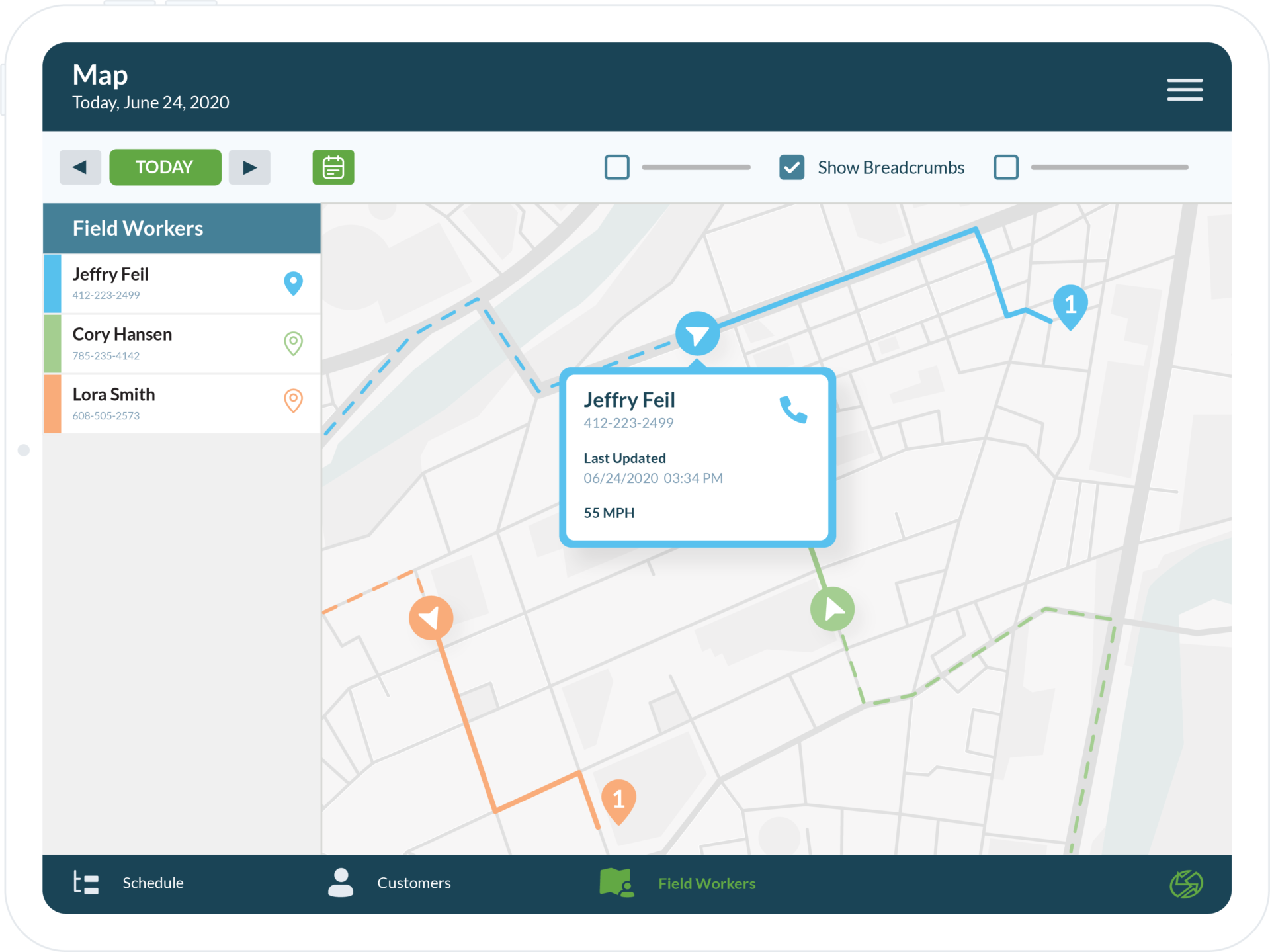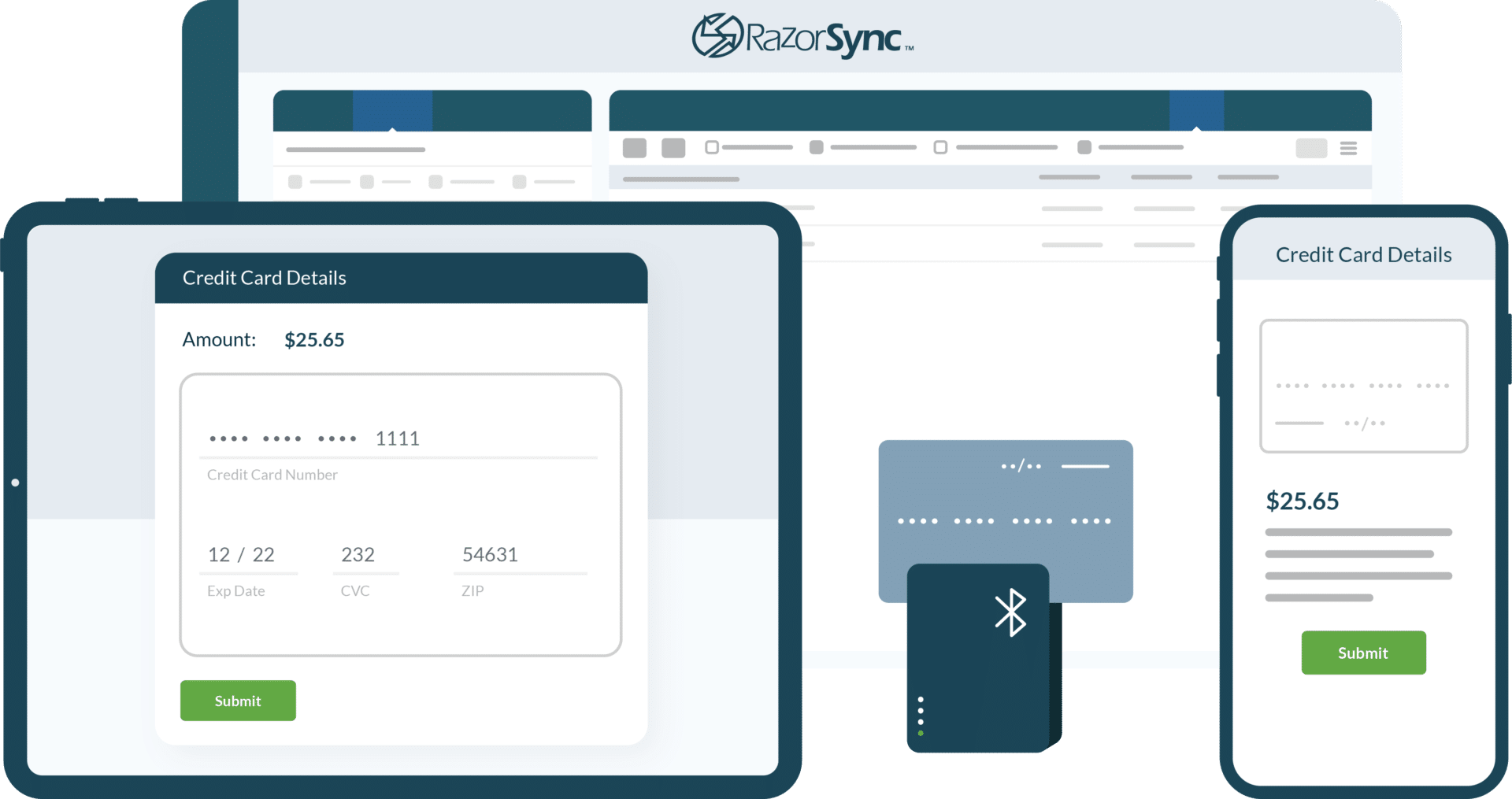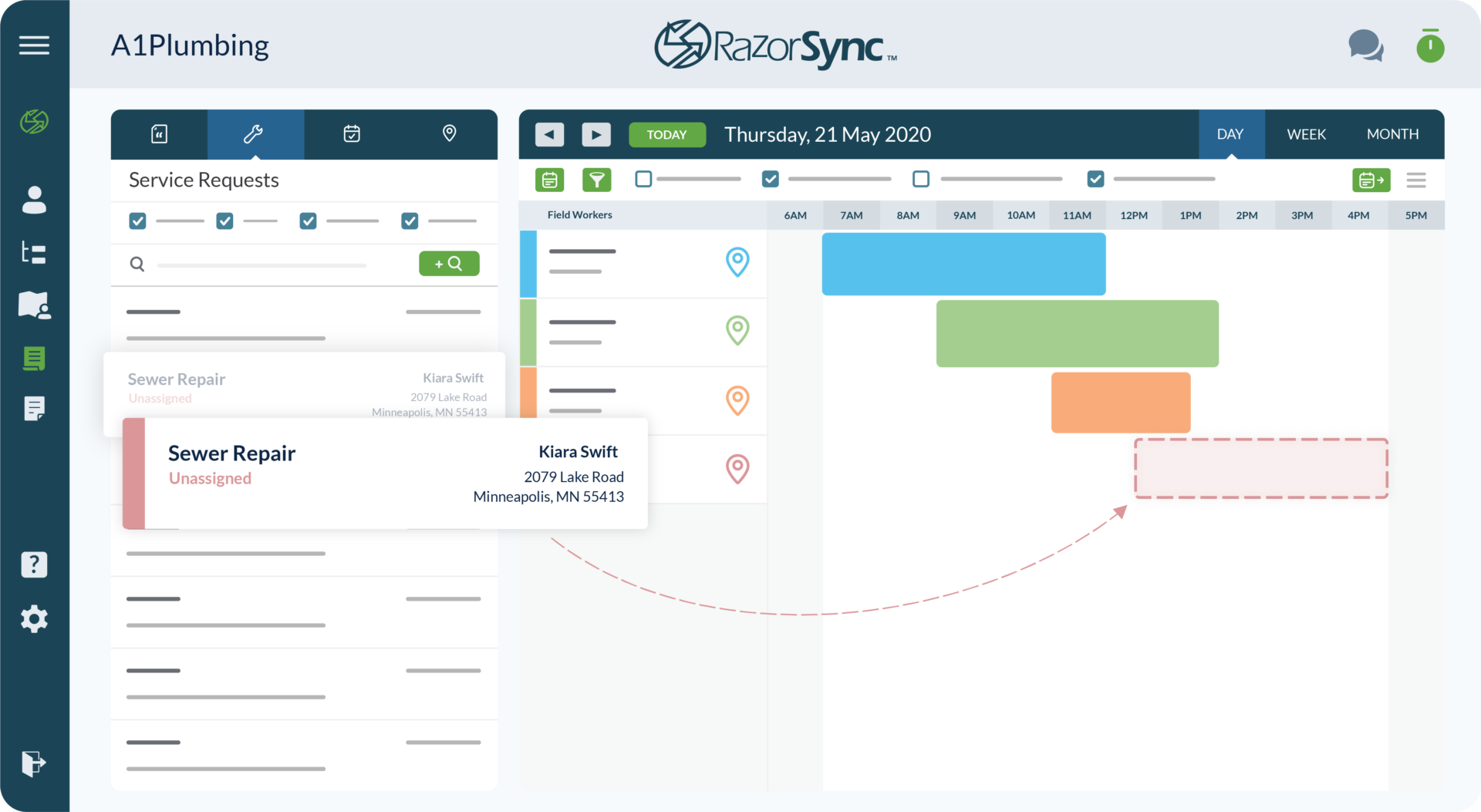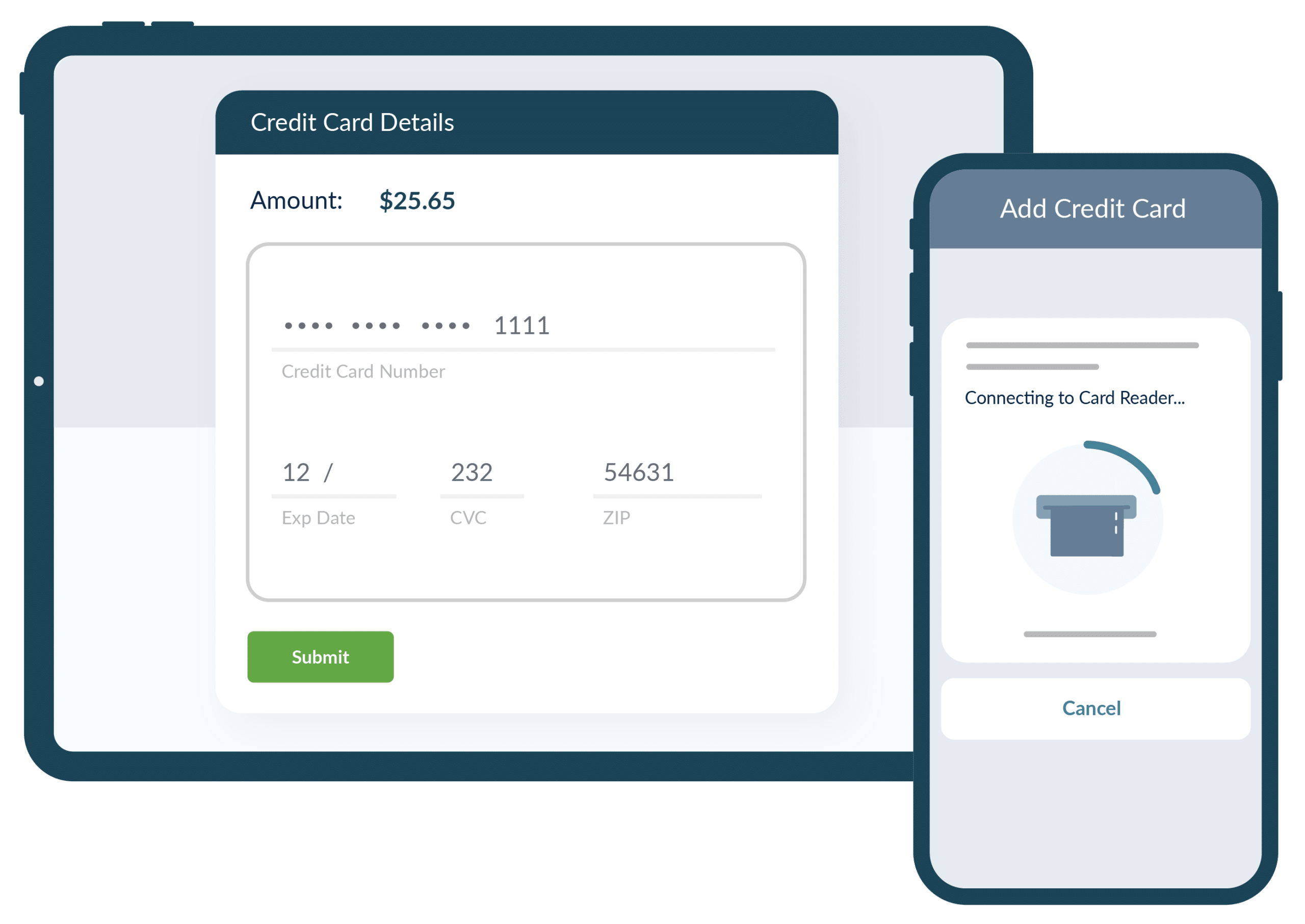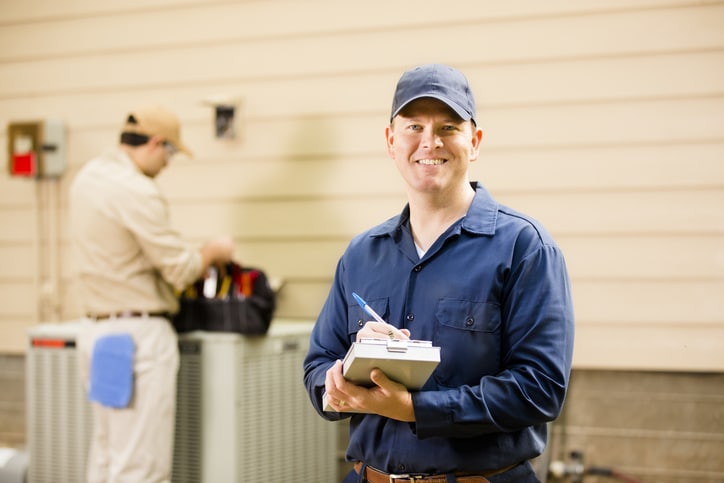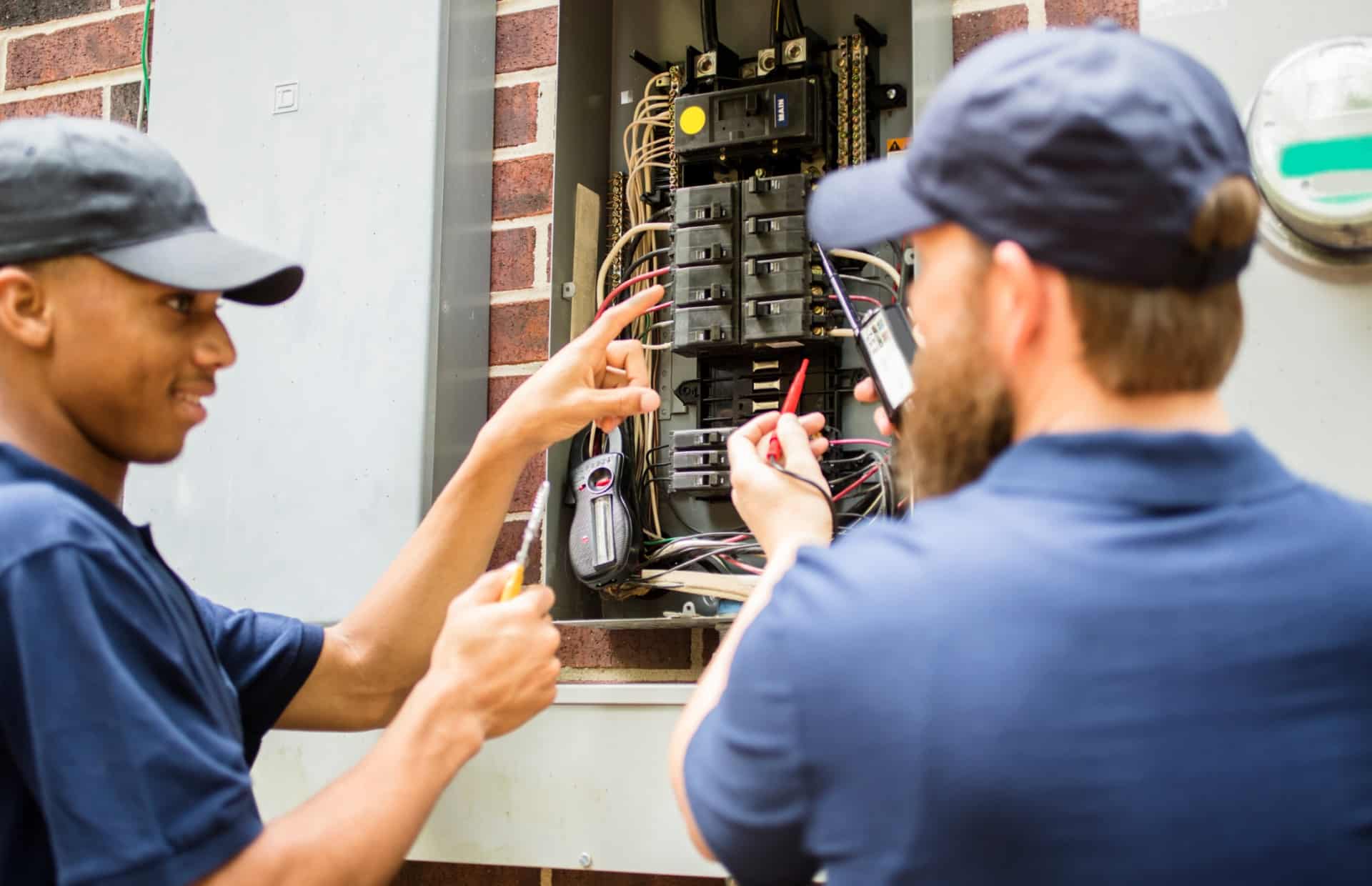Winning the Field Service Triple Crown
A legendary challenge, horse racing’s Triple Crown, requires the winner to overcome an amazing set of obstacles. Entry to the first race, the Kentucky Derby, is limited to the 20 highest-ranking three-year-olds, as demonstrated by performance in qualifying races.
Jun 19, 2015
# of Minutes to Read

Winning horse racing’s legendary challenge, the Triple Crown, required American Pharoah to overcome an amazing set of obstacles. Entry to the first race, the Kentucky Derby, is limited to the 20 highest-ranking three-year-old Thoroughbreds, as demonstrated by performance in qualifying races. In order to win all three, Pharoah needed to sprint for the Derby, demonstrate endurance for the progressively longer Preakness and Belmont Stakes, and be ready to perform well in the face of any conditions (such as the torrential downpour during the 2015 Preakness). And the Triple Crown winner needs to perform equally well in three closely spaced races, running against well-rested challengers.
If your field service business is in a competitive market, each job can be viewed as an opportunity to win the customer satisfaction Triple Crown. What does it take to win? Your company needs to get into the race, provide a first-time fix or realistic service plan, and maintain excellent communication with the customer.
Getting into the race – scheduling the job
Before you can schedule the job, you need to find the customer (new or repeat business). Your best marketing tool is your reputation. There are a variety of ways to enlist satisfied customers as evangelists, including soliciting reviews, comments and case studies. Build repeat business by providing an excellent first experience, proactively suggesting maintenance and staying in touch via holiday cards, newsletters, etc.
When the phone rings, be ready to schedule a service call at a time that meets the customer’s needs. If the call is urgent (“My dishwasher is spewing water on my hardwood floor.” or “It’s 45° in my house”), a real-time map view of your techs will help you dispatch the closest qualified unit to the job.
Win the sprint and the long haul— first-time fix or a clear proposal
Your primary goal is the first-time fix. Keep this percentage as high as possible by sending the best equipped unit and technician to the job and providing the technician with access to customer records, inventory status and technical support. If the job can’t be completed on the first visit, provide realistic estimates of the completion date and final cost.
And, for the Crown, excellent communication
No job is a job well done unless the customer is happy, and that will depend in a large share on how well you communicate with the customer and your service personnel—before the job is scheduled, when your service is at the site, and after the work has been completed.
When taking a service request, schedule at the customer’s convenience if possible, but be realistic so you have a high chance of on-time arrival. This shows respect for the customer’s schedule. If you are able to further pinpoint arrival time after scheduling, provide customer updates via text, email or phone. Collect as much relevant information as possible. E.g. the make and model of an appliance, pets, will an adult be home? Use that information to optimize any opportunity for a first-visit fix and good customer experience. Provide as much information as possible about what the customer should expect. E.g. will your techs wear booties in the house? How long will the water be off?
Train your field staff to provide clear information about services and costs. If a second visit will be necessary, provide the tech with inventory and workload information so a clear plan is in place before the tech leaves the property. Provide customer updates until the work is complete.
Follow up every visit with a call asking whether you could have done anything better. Don’t stop there—maintain contact with holiday cards, newsletters, and checkup calls when you anticipate maintenance.
For repeat customers, provide a self-service customer portal, allowing customers—at their convenience—to schedule service requests, track your tech’s arrival and manage invoices and payments.
At RazorSync, we help service businesses meet their goals for efficiency and customer satisfaction. If you have suggestions for our readers on how to improve the quality of service calls, please share as a comment below.
